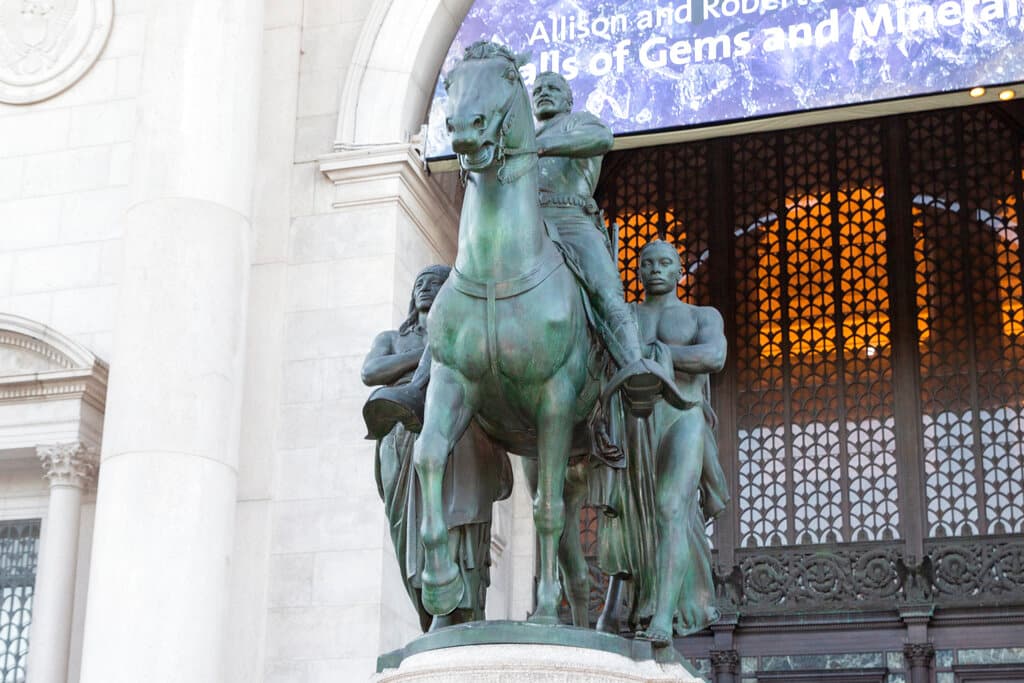Was New York Betrayed When It Sent Its Statue of Theodore Roosevelt To Be Put on Display in the Badlands?
The removal of the statue was approved with the explicit understanding that it would be publicly accessible, but there are no plans to display it in the future.

When New York City removed its famous Theodore Roosevelt statue from the American Museum of Natural History, it was never meant to be taken away from the public’s eyes entirely. At least, that’s what the city’s Public Design Commission, which oversees relocation of city art, resolved in June 2021.
Please check your email.
A verification code has been sent to
Didn't get a code? Click to resend.
To continue reading, please select:
Enter your email to read for FREE
Get 1 FREE article
Join the Sun for a PENNY A DAY
$0.01/day for 60 days
Cancel anytime
100% ad free experience
Unlimited article and commenting access
Full annual dues ($120) billed after 60 days

